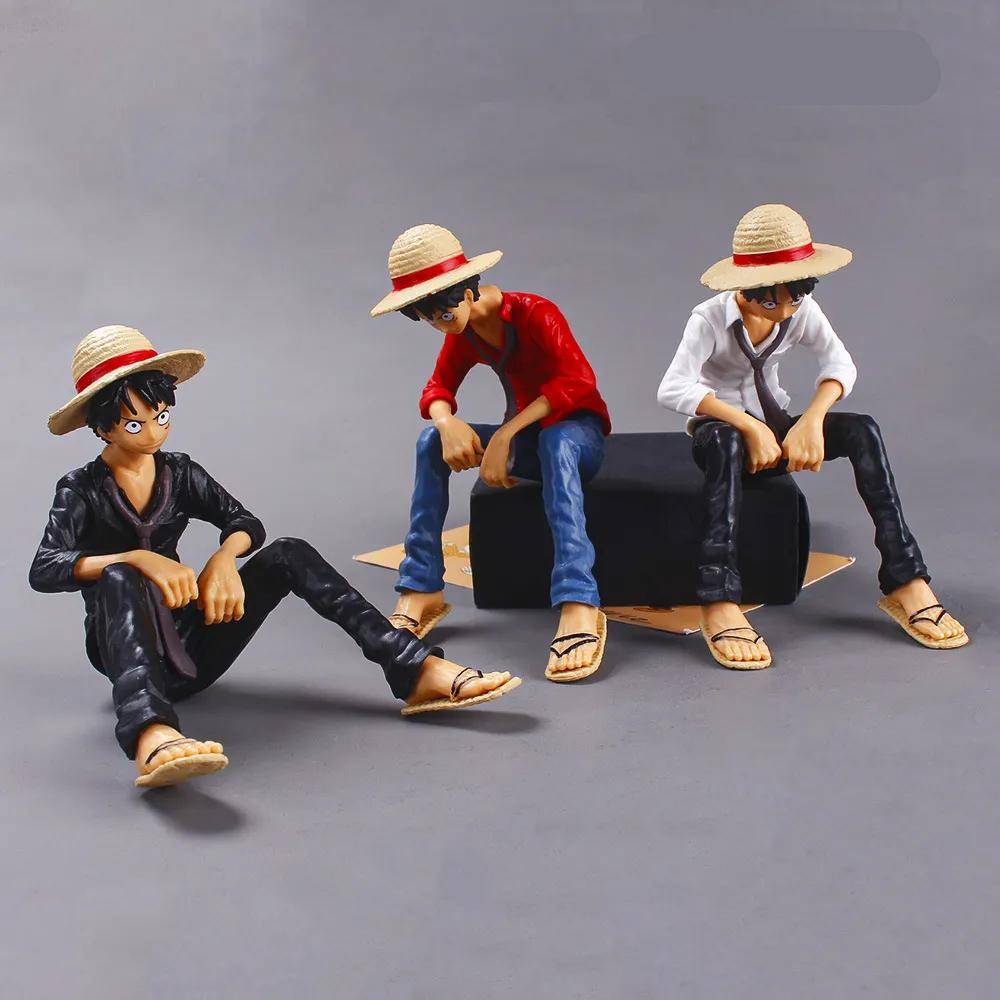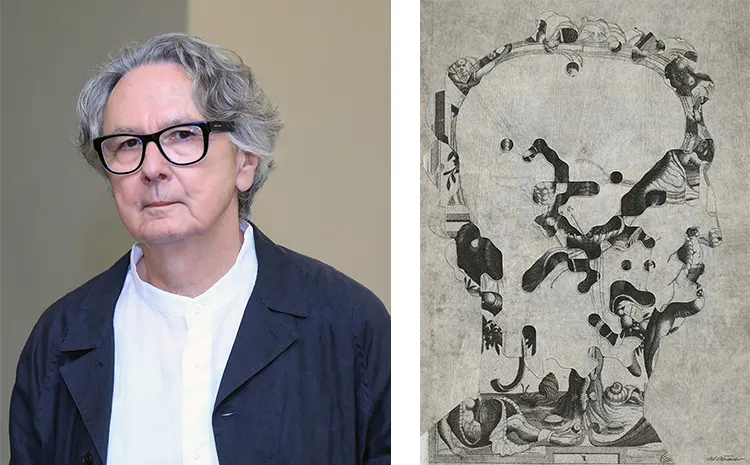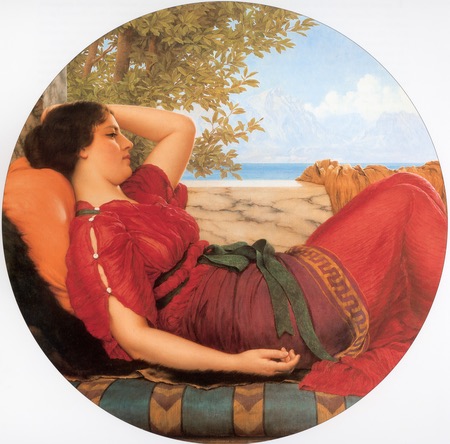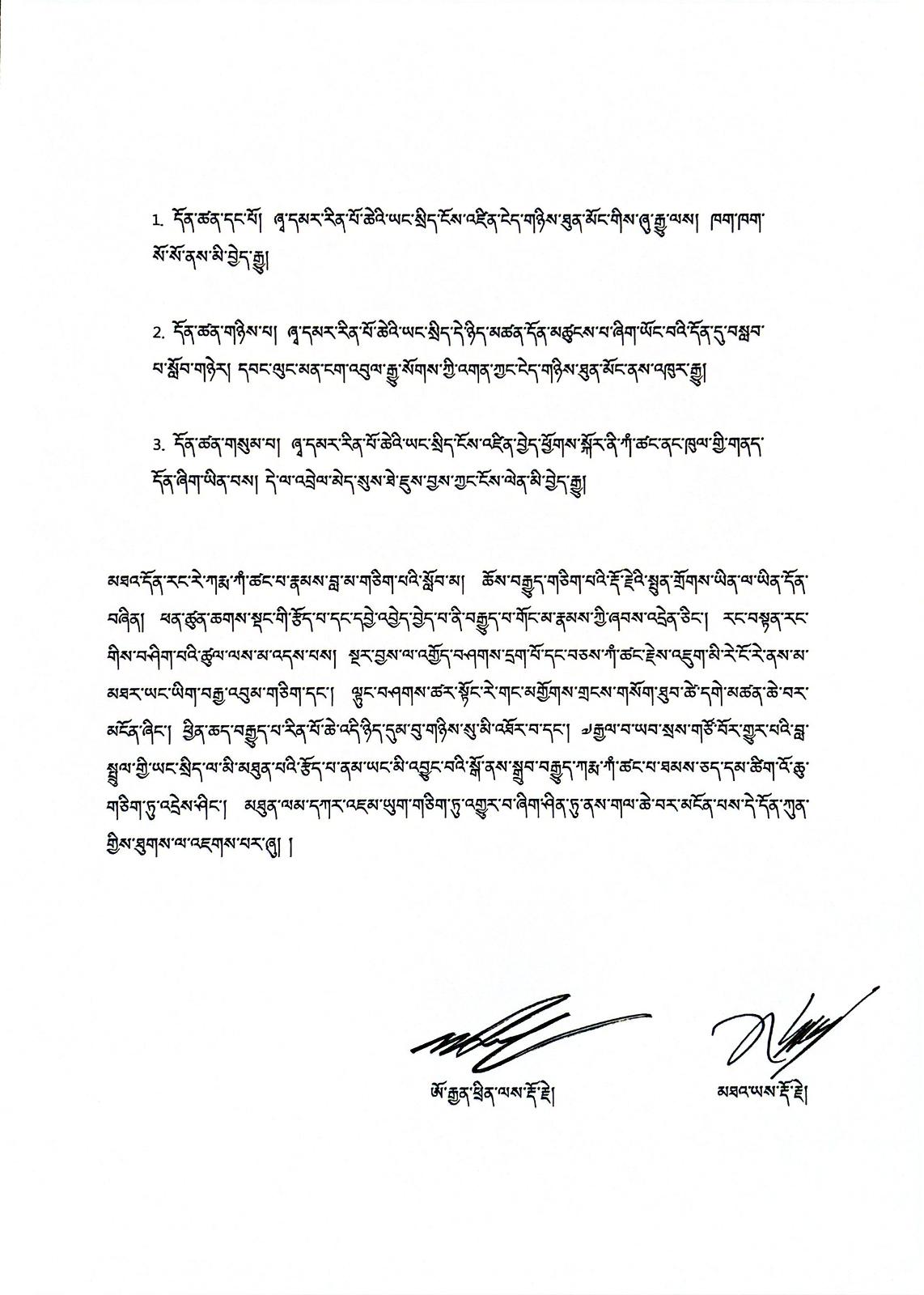December 24, 2022 | Compassion {Karu??} The Ten Realms consists of Four Higher Realms (Four Noble States for Enlightened Ones)...
December 24, 2022 | Compassion {Karu??}
The Ten Realms consists of Four Higher Realms (Four Noble States for Enlightened Ones) and Six Lower Realms (for Unenlightened Beings).
The Ten Realms

The Six Lower Realms
According to Buddhism, if a human does not obtain Nirvana or Enlightenment, in line with Sa?s?ra (endless cycle of birth, death and rebirth), they will rebirth within the six lower realms. The six realms are different forms of existence in which a person can take rebirth. They can also be psychological states that a person experiences in the human realm depending on their Karma. In order from lowest to highest, the Six Lower Realms are: Hell, Animal, Hungry Ghosts, Asura (Titans), Human, and Heaven.
The Asura realm is sometimes included among the Three Good Realms: Heaven, Human, and Asura; but other times, it is classified as one of the Four Evil Realms: Hell, Hungry Ghosts, Animal, and Asura.

10. Hell
This realm is not visible to humans and is the most terrible of the Six Lower Realms. Those who are ignorant, angry, and aggressive can cause rebirth in Hell. It is a place where beings go through a state of constant pain and different types of hellish states like a series of horrible torture chambers. Those with a lot of negative Karma can stay in such places for long periods of time (eons).

9. Animal
Rebirth in the Animal Realm is conditioned by ignorance. Animals do not have the freedom that humans would experience; they do not have the necessary self-awareness to achieve liberation. Animal beings are marked by greed, stupidity, complacency, and prejudice. This realm is visible to humans and it is where spirits of humans are reborn if they have committed a lot of evil acts and killed animals.

8. Hungry Ghosts
Hungry Ghosts are described in various Asian mythologies. In Buddhism, they are considered one of the six realms of cyclic existence (samsara). Hungry Ghosts don’t have a clear understanding of the cause and effects of their Karmic actions. As a result, they cannot distinguish good from bad. They accumulate negative karma and commit excessive amounts of evil deeds every day. They are also associated with addiction, obsession, and compulsion. The more negative karma they create, the deeper their ignorance sinks, and the more sins they commit. Because they do not understand the principles, they act recklessly and are confused. Hungry ghosts are characterized by insatiable desires that are never satisfied.
Hungry Ghosts are described as having tiny mouths and throats and the swollen bellies of the starving, thus they can never consume enough to ease the suffering of their hunger. Although the sentient beings in them believe these realms are real, they are only subjective experiences created by the mind. Each realm is characterized by a particular mental obscuration. The Hungry Ghosts realm is defined by attachment. They can never end the suffering of insatiable greed, and desire no matter how much they consume.

7. Asura (Titans)
The Asura Realm is a spiritual state of Demi-Gods, but not the blissful state experienced by the gods (Devas) in heaven. The Asura are strong and powerful beings, but impatient. They constantly compete and struggle with the Devas due to their dissatisfaction with their place in the realms. The Demi-Gods are consumed with envy, because they can clearly see the superior situation of the Devas in the heavens above them. Although the Asuras have their realm, they appear in the other realms as well. There are Asuras in the Animal realm, in the Human realm, in Heaven and within the Hungry Ghosts. The Karma of hate, jealousy, bad temper, and aggressiveness such as the inclination to boss others around causes rebirth in the Asura Realm.

6. Human
Rebirth into the Human Realm is conditioned by passion, desire, and doubt. The Human Realm is the most favored of the Six Lower Realms. As a human being, one has the opportunity and motivation to practice Dharma in order to liberate from the cycle of suffering (Samsara) and achieve enlightenment. In the Human Realm, since one experiences both happiness and suffering, the conditions conducive to practicing the Right Path are present. Human beings can ascend to Heaven or fall to Hell. If one does good deeds, one will ascend to the higher realms; if one commits offenses, one falls to the lower realms. Enlightened beings are reborn into the Higher realms, while those who accumulate negative Karma are reborn as Animals, Hungry Ghosts or into Hell. What one creates, one must endure. One must bear the consequences of one's own actions.
Because humans are not firmly fixed in a particular mental state like other sentient beings, our realm is defined by our choice and the possibility of enlightenment. Moment by moment, we move from the happiness of the Heavenly realms to the misery of the Hell realms to the stupidity of the Animal realm. During meditation, we can open our minds and glimpse the other realms that have always been present but have been obscured by the fixations of the realms.

5. Devas (Heaven)
In Buddhist tradition, the Deva beings reside in Heaven and experience peaceful, blissful lives. The Devas enjoy great power, wealth, and long life. They spend most of their time enjoying themselves. One of the weaknesses of Heaven is the lack of opportunities to create good conditions for themselves. Everything in Heaven is almost perfect; no one is ill, sad, or poor. However, even the Devas grow old and die. Their privilege and high status blind them from the suffering of others. Therefore, despite their long lives, they lack wisdom and compassion. Once their merits are exhausted, they will be reborn in any of the six lower realms. Happiness in this realm depends on external factors while happiness in the Buddha Realm is true bliss as it does not depend on any external agents.
For more detailed information about Heaven, please see our blog about the ,Desire, Form, and Formless Heavens.

The Four Higher Realms or Nirvana
The Four Higher Realms, in order from lowest to highest are: Shravaka (Hearer / Arhat), Pratyekabuddha (Enlightened to Conditions), Bodhisattvas, and Buddhas. Those who are born in the four Higher Realms have been liberated from Samsara (the cycles of birth and death in the Six Lower Realms).
4. Shravaka (Hearer)
Shravaka contemplates and practices the Buddha's Teachings, especially the Four Noble Truths. This involves:
being aware of suffering eliminating the cause of suffering working towards the end of suffering and cultivating the Way that leads to the end of suffering.
Shravaka (Hearer / Arhat) possess supernatural powers and can transform themselves.
The state of Shravaka (Hearer) can be subdivided into four stages of preliminary enlightenment: Sotapanna (one who enters the stream), Sakadagami (one who returns), Anagami (one who does not return), and Arhat (the final stage). This state requires constant learning, growth, and spiritual development. Shravakas are aware of their limitations and they are always seeking ways to improve.

Four Stages of Preliminary Enlightenment
Sotapanna (Stream-enterer): The Shravaka of this first fruition has eliminated the view of delusions. Sakadagami (Once-returner): The Shravaka of the second fruition has eliminated the thought of delusions. Anagami (Never-returner): The Shravaka of the third fruition has eliminated the delusions of quantity like sand and dust. Arhat: The Shravaka of the fourth fruition has partially, though not completely eliminated ignorance. Only one who has completely destroyed ignorance can realize Buddhahood. Even a Bodhisattva at an equal stage of enlightenment has a small fraction of ignorance of arising phenomena which prevents them from realizing Buddhahood.3. Pratyekabuddha (Solitary Buddha)
The Realm of Pratyekabuddha (Enlightened to Conditions) is known as the living space of “Lone Buddha” or “Private Buddha.” The Pratyekabuddha attained supreme wisdom without a teacher through the realization of the Twelve Links of Dependent Origination. Existence in this Pratyekabuddha Realm is known as the state of Realization. It requires the discovery of truth through personal insights and observation through life experience and regular meditation.

2. Bodhisattva
Bodhisattva refers to those who have generated bodhicitta (Awakening Mind or “Enlightened Being”) and strive to attain Buddhahood for the benefit of others. The state of Bodhisattva is characterized by compassion and altruism. They have vowed to alleviate suffering and liberate all sentient beings. A Bodhisattva with compassion and a kind heart works selflessly for the benefit of others. The Bodhisattva spirit transcends the boundaries of religion. Those who follow non-Buddhist teachings while taking concrete actions to help others are also considered to be walking on the Bodhisattva path.

1. Buddha
The Buddha (the Awakened One) is the highest possible state of perfection for a being who has attained Enlightenment. This is the state of full and complete realization and awakening. The four virtues of the Buddha, namely True Self, Purity, Eternity, and Happiness, refer to the highest possible state one can attain as human beings. It is a state of absolute wisdom, freedom, and happiness. The state of Buddhahood is the embodiment of immeasurable equanimity, compassion, loving-kindness, and appreciative joy.

For a detailed teaching about the Realms of Reincarnation (in Vietnamese),
please view here:
Sau khi ch?t ?i v? ?âu? Linh h?n có không? (HT Thích Giác Khang khai th?) Ph?m Thiên Th?nh Pháp ph?n 1 - Hòa Th??ng Thích Trí Qu?ng
,Ph?m Thiên Th?nh Pháp ph?n 2 - Hòa Th??ng Thích Trí Qu?ng
May you all be free from suffering and all the causes of suffering!
Namo Shakyamuni Buddha.
References:
“,Ch?n Lý,,” Tác Gi? ??c T? S? Minh ??ng Quang (Language in Vietnamese)
“,Ph?t H?c Ph? Thông,,” Tác Gi? Hòa Th??ng Thích Thi?n Hoa (Language in Vietnamese)
“,The Seeker’s Glossary of BUDDHISM,,” Edited by the Van Hien-Study Group, Sutra Translation Committee of the United States & Canada
“,A Simple Path – Basic Buddhist Teachings,,” by His Holiness the XIV Dalai Lama
“,The Buddha and His Teachings,,” by Venerable Narada Mahathera (Sri Lanka 1970), Buddha Dharma Education Association Inc.
“,Buddhism,,” from Wikipedia, the free encyclopedia, en.wikipedia.org/wiki/Buddhism.
"Dhammacakkappavattana Sutta: Setting Rolling the Wheel of Truth" (SN 56.11), translated from the Pali by Ñanamoli Thera. Access to Insight (BCBS Edition), 13 June 2010,
,,http://www.accesstoinsight.org/tipitaka/sn/sn56/sn56.011.nymo.html .
"Nibb?na Sutta: Unbinding (3)" (Ud 8.3), translated from the Pali by Thanissaro Bhikkhu. Access to Insight (BCBS Edition), 3 September 2012, ,,http://www.accesstoinsight.org/tipitaka/kn/ud/ud.8.03.than.htm
,https://www.accesstoinsight.org/lib/authors/thanissaro/nirvanaverb.html
“A Verb for Nirvana by The Theravada Scholar Thanissaro Bhikkhu 2005”
,https://mettarefuge.wordpress.com/2010/02/22/nirvana-is-a-verb-not-a-place/
The Tibetan Book of Living and Dying, written by H.E. Sogyal Rinpoche in 1992, is a presentation of the teachings of Tibetan Buddhism based on the Tibetan Book of the Dead or Bardo Thodol
,,https://thubtenchodron.org/2014/05/cyclic-existence-desire-causes-suffering/
,Sau khi ch?t ?i v? ?âu? Linh h?n có không? (HT Thích Giác Khang khai th?)
,Ph?m Thiên Th?nh Pháp ph?n 1 - Hòa Th??ng Thích Trí Qu?ng
,Ph?m Thiên Th?nh Pháp ph?n 2 - Hòa Th??ng Thích Trí Qu?ng
















